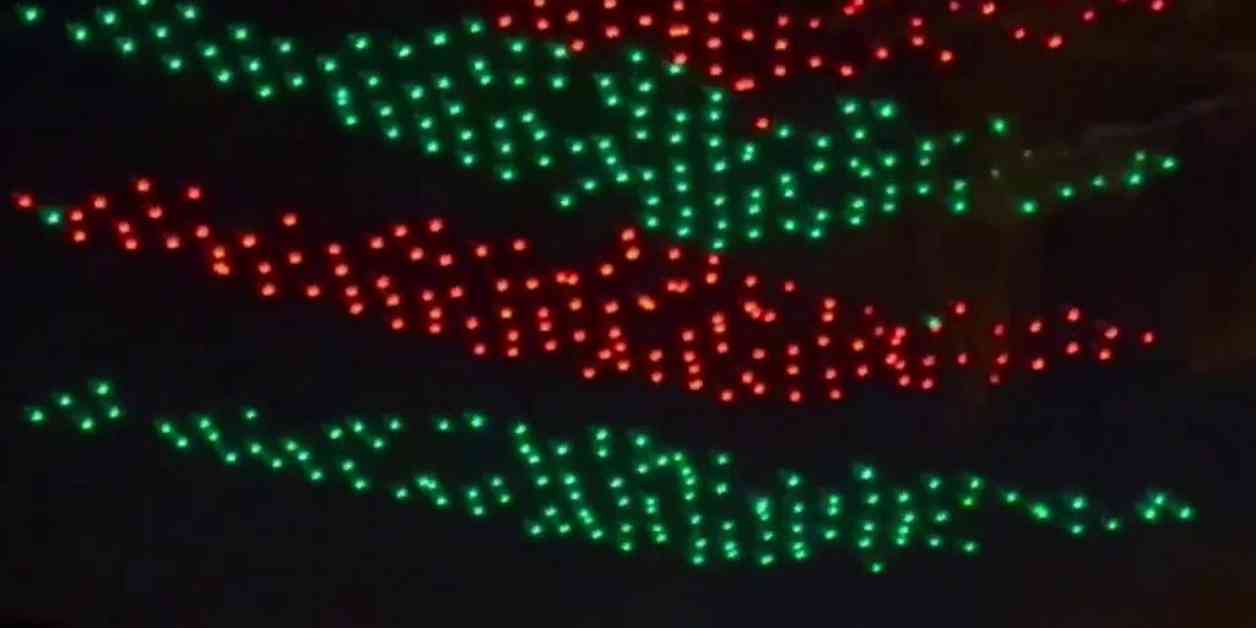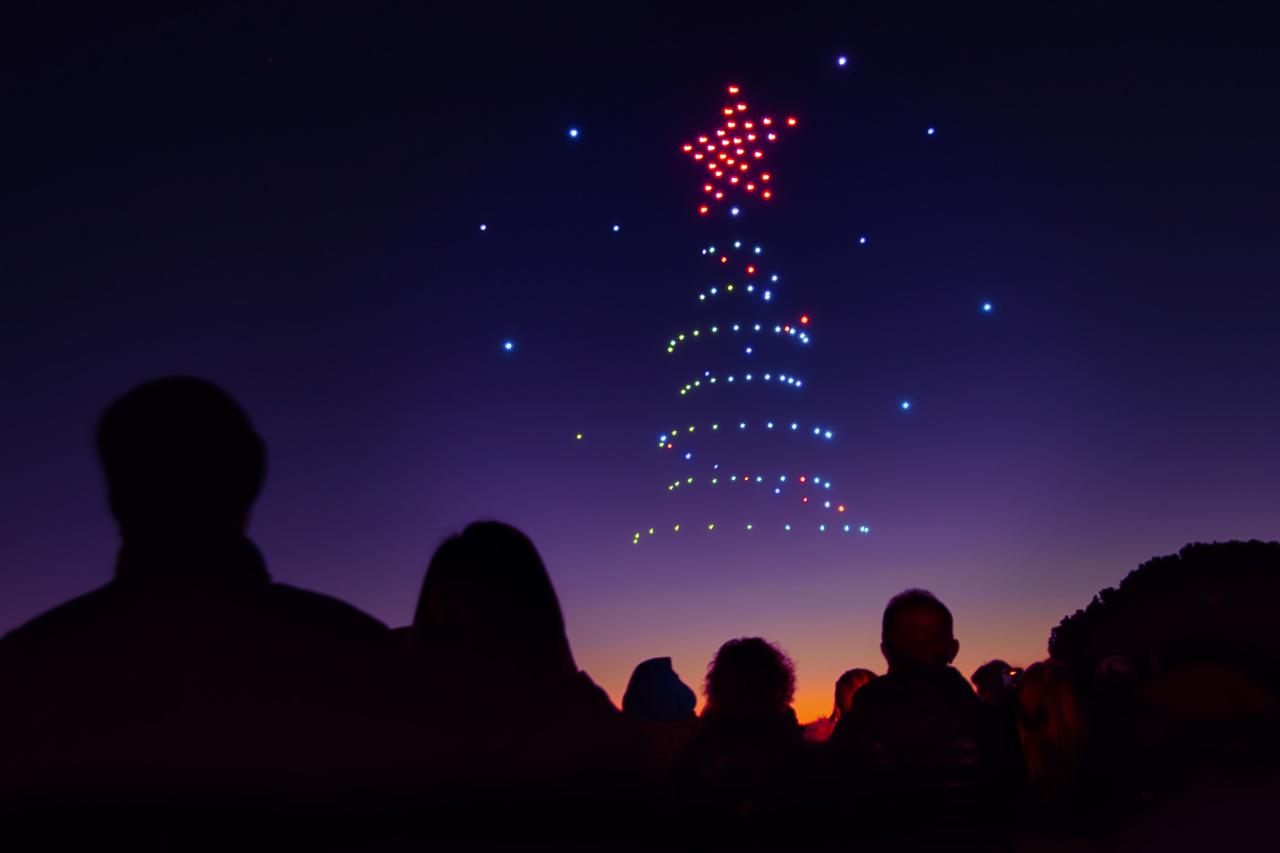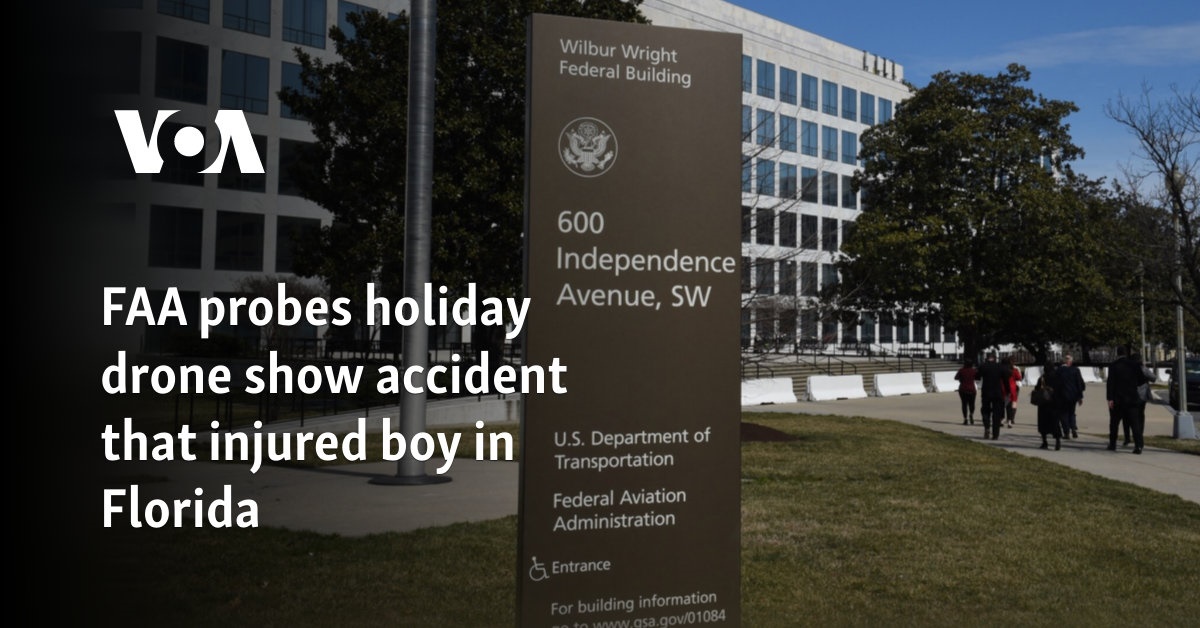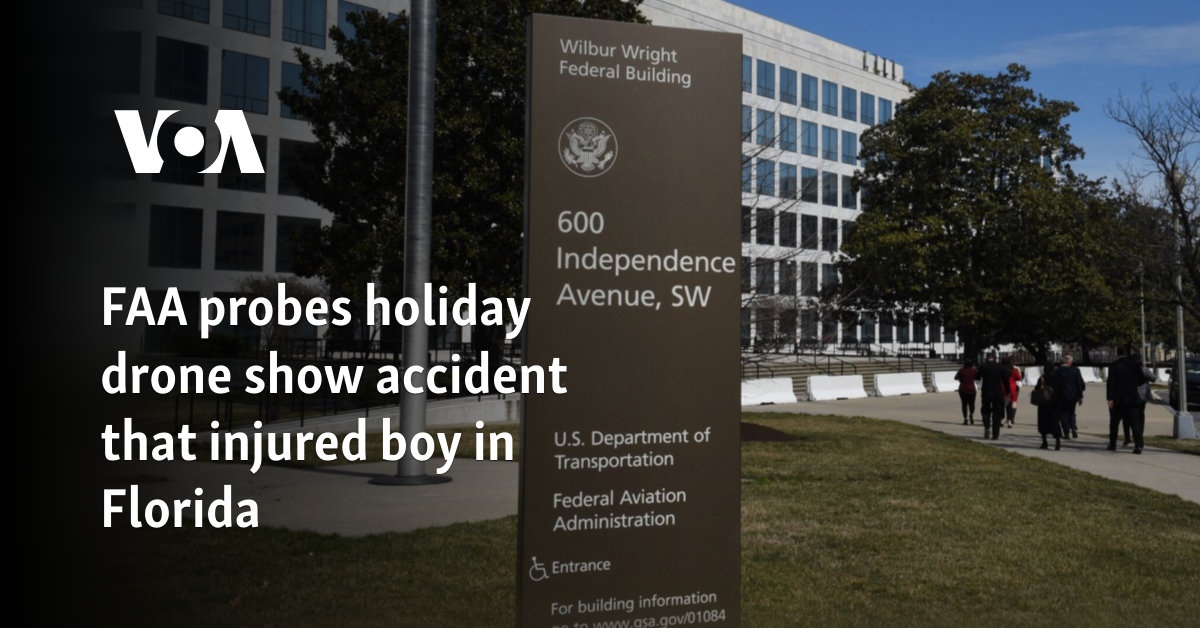Drone show accidents, while relatively rare, highlight the inherent risks associated with this increasingly popular form of entertainment. These incidents underscore the crucial need for robust safety protocols, advanced technology, and stringent regulations to ensure both the safety of spectators and the integrity of these breathtaking displays. This analysis delves into the various facets of drone show accidents, examining their causes, consequences, and potential solutions.
From mechanical malfunctions and human error to the legal and economic ramifications of such events, we explore the complexities surrounding this emerging field. We will also examine technological advancements aimed at mitigating risks and improving the overall safety of drone shows, while exploring case studies of past accidents to learn valuable lessons for the future.
Recent drone show accidents highlight the critical need for reliable and safe drone technology. The incident underscores the importance of choosing dependable manufacturers, such as those offering high-quality drones like sky elements drones , known for their robust performance and safety features. Ultimately, minimizing the risk of future accidents relies heavily on utilizing superior equipment and rigorous operational planning.
Drone Show Accidents: A Comprehensive Analysis
The increasing popularity of drone light shows presents captivating spectacles, but also introduces significant safety concerns. Accidents, while relatively infrequent compared to the overall number of drone flights, can have severe consequences, ranging from minor equipment damage to substantial financial losses and even potential injury. This analysis delves into the various facets of drone show accidents, examining their causes, exploring existing safety regulations, and investigating technological advancements designed to mitigate future risks.
Types of Drone Show Accidents
Drone show accidents can be categorized based on their root causes and severity. Mechanical failures and human error are the primary contributors, often intertwined in complex scenarios.
Drone show accidents, while rare, highlight the inherent risks in these spectacular displays. The potential for technical malfunctions underscores the need for rigorous safety protocols, as seen in the meticulous planning involved in a well-executed show, such as those showcased at the florida drone show. Understanding these risks is crucial for preventing future incidents and ensuring the continued enjoyment of these increasingly popular aerial performances.
| Accident Type | Cause | Frequency | Severity |
|---|---|---|---|
| Mid-air collision | GPS malfunction, pilot error, inadequate communication systems | Moderate | Moderate to High |
| Drone malfunction (motor failure, battery failure) | Mechanical failure, inadequate maintenance | Moderate | Low to Moderate |
| Loss of signal/communication | Radio interference, inadequate redundancy systems | Low | Moderate to High |
| Uncontrolled descent/crash | Software glitch, pilot error, environmental factors (wind) | Moderate | Low to High |
| Fire | Battery failure, short circuit | Low | High |
Mechanical failures, such as motor malfunctions or battery failures, can be attributed to manufacturing defects, wear and tear, or inadequate pre-flight checks. These failures can lead to uncontrolled descents, collisions, or even fires.
Human error plays a significant role. Pilot error encompasses issues like improper flight planning, inadequate response to emergencies, or insufficient training. Programming errors in the flight choreography can lead to unexpected drone maneuvers and collisions. Inadequate safety protocols, including insufficient redundancy and lack of emergency procedures, exacerbate the risk of accidents.
Safety Regulations and Protocols

A comprehensive safety checklist is crucial for mitigating risks associated with drone shows. This checklist should be meticulously followed by organizers and pilots alike.
Recent drone show accidents highlight the inherent risks involved in these spectacular displays. To understand the complexities of safety protocols, it’s helpful to examine successful events like those showcased at a florida drone show , where meticulous planning and advanced technology are crucial. Ultimately, preventing future accidents requires continuous improvement in both technology and safety regulations for drone shows.
- Thorough pre-flight inspection of all drones
- Redundant communication and control systems
- Detailed flight plan with contingency measures
- Trained and experienced pilots with backup pilots
- Emergency response plan including communication and recovery procedures
- Weather monitoring and contingency plans for adverse conditions
- Appropriate safety zones and crowd control measures
- Regular maintenance and software updates for all drones
- Compliance with all relevant local and national regulations
Safety regulations vary significantly across countries. Some nations have established comprehensive frameworks, while others are still developing their regulatory approaches. Best practices implemented by leading companies often include rigorous testing, simulation, and extensive training programs for pilots and technical staff. They often employ sophisticated software for flight planning and monitoring, ensuring real-time oversight and rapid response to anomalies.
Impact and Consequences, Drone show accident

Drone show accidents can have significant economic, legal, and environmental consequences. Economic impacts can include damage to property, loss of revenue from show cancellations, and potential legal costs associated with liability claims. Legal ramifications involve determining liability for accidents, insurance claims, and potential lawsuits. Environmental consequences may include the scattering of drone parts, potentially causing harm to wildlife or requiring extensive cleanup efforts.
In the event of a fire, the environmental impact could be far more substantial.
Technological Advancements and Mitigation

Several technological advancements enhance drone show safety and reliability.
- Advanced GPS systems with fail-safes
- Redundant communication systems
- AI-powered collision avoidance systems
- Improved battery technology with enhanced safety features
- Real-time monitoring and control systems
- Enhanced drone autonomy and fault tolerance
GPS technology, coupled with fail-safe mechanisms, allows for precise positioning and automatic recovery in case of signal loss. Advanced communication systems prevent mid-air collisions by providing real-time data on drone locations and trajectories. These systems also allow for coordinated movements and quick response to unforeseen circumstances.
Case Studies of Notable Accidents

Analyzing past accidents provides valuable insights for improving safety protocols.
| Location | Date | Cause | Consequences |
|---|---|---|---|
| (Example Location 1) | (Example Date 1) | (Example Cause 1, e.g., Software Glitch) | (Example Consequences 1, e.g., Minor Drone Damage, Show Delay) |
| (Example Location 2) | (Example Date 2) | (Example Cause 2, e.g., Pilot Error) | (Example Consequences 2, e.g., Multiple Drone Crashes, Show Cancellation) |
| (Example Location 3) | (Example Date 3) | (Example Cause 3, e.g., Battery Failure) | (Example Consequences 3, e.g., Fire, Minor Property Damage) |
Each accident provides a unique set of circumstances and lessons learned. Detailed investigations and subsequent reports highlight areas for improvement in safety regulations, pilot training, and technological advancements. Witness accounts and official reports provide critical information for identifying the root causes and developing effective preventative measures.
Future of Drone Show Safety
The future of drone show safety relies heavily on continuous innovation and stringent adherence to safety protocols.
- AI-powered collision avoidance systems will become increasingly sophisticated.
- Drone swarm management systems will enhance coordination and safety.
- Predictive maintenance and health monitoring of drones will reduce mechanical failures.
Ongoing research and development in drone safety technology are essential for mitigating risks. A hypothetical future drone show might feature a fully autonomous system, with AI managing the entire show, incorporating real-time environmental monitoring and dynamic adjustments to flight plans, ensuring seamless operation and complete safety for both spectators and equipment.
The increasing popularity of drone shows necessitates a proactive approach to safety. While technological advancements offer promising solutions, a multifaceted strategy incorporating robust regulations, rigorous training, and continuous research is vital. By learning from past incidents and embracing innovation, we can work towards a future where drone shows continue to captivate audiences without compromising safety. The pursuit of safer and more spectacular drone displays demands a collaborative effort from organizers, regulators, and technologists alike.
Clarifying Questions: Drone Show Accident
What is the average cost of insurance for a drone show?
Insurance costs vary significantly depending on factors such as the size and complexity of the show, the number of drones involved, and the location. It’s best to obtain quotes from specialized insurance providers.
Are there specific certifications required for drone show pilots?
Certification requirements vary by country and region. Many jurisdictions require pilots to hold a Remote Pilot Certificate or a similar qualification demonstrating proficiency in operating drones safely and legally.
What are the typical penalties for violating drone show safety regulations?
Penalties can range from fines and license suspension to criminal charges, depending on the severity of the violation and any resulting damage or injuries. Specific penalties vary widely by jurisdiction.
